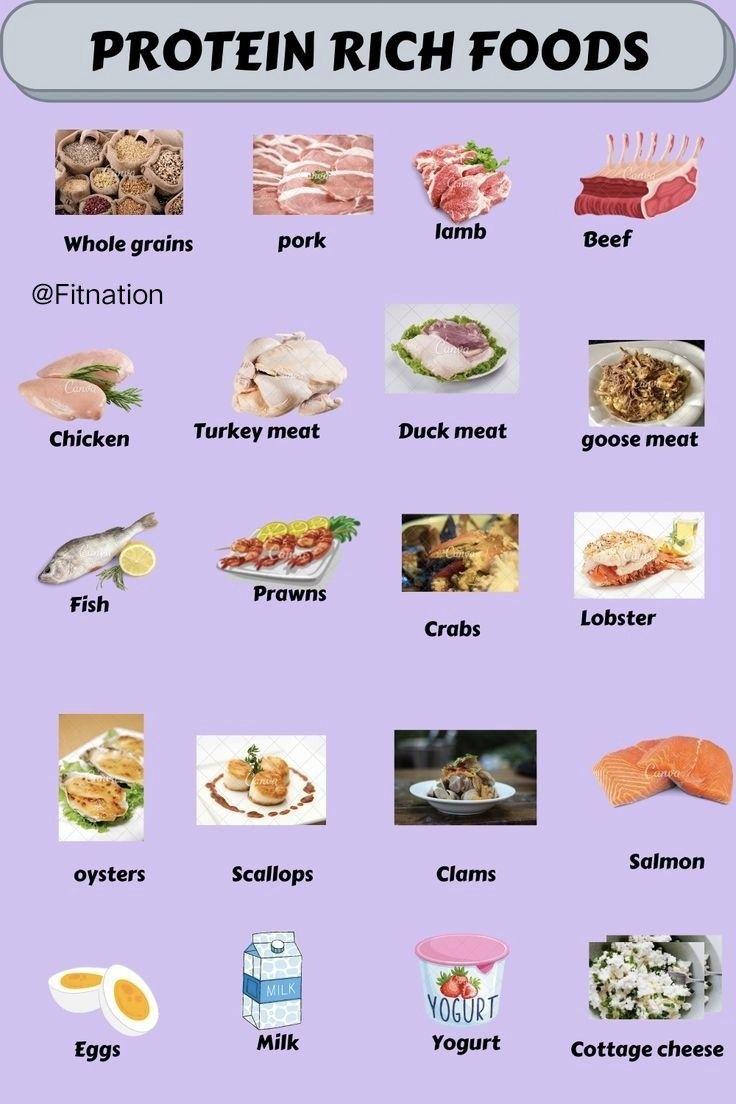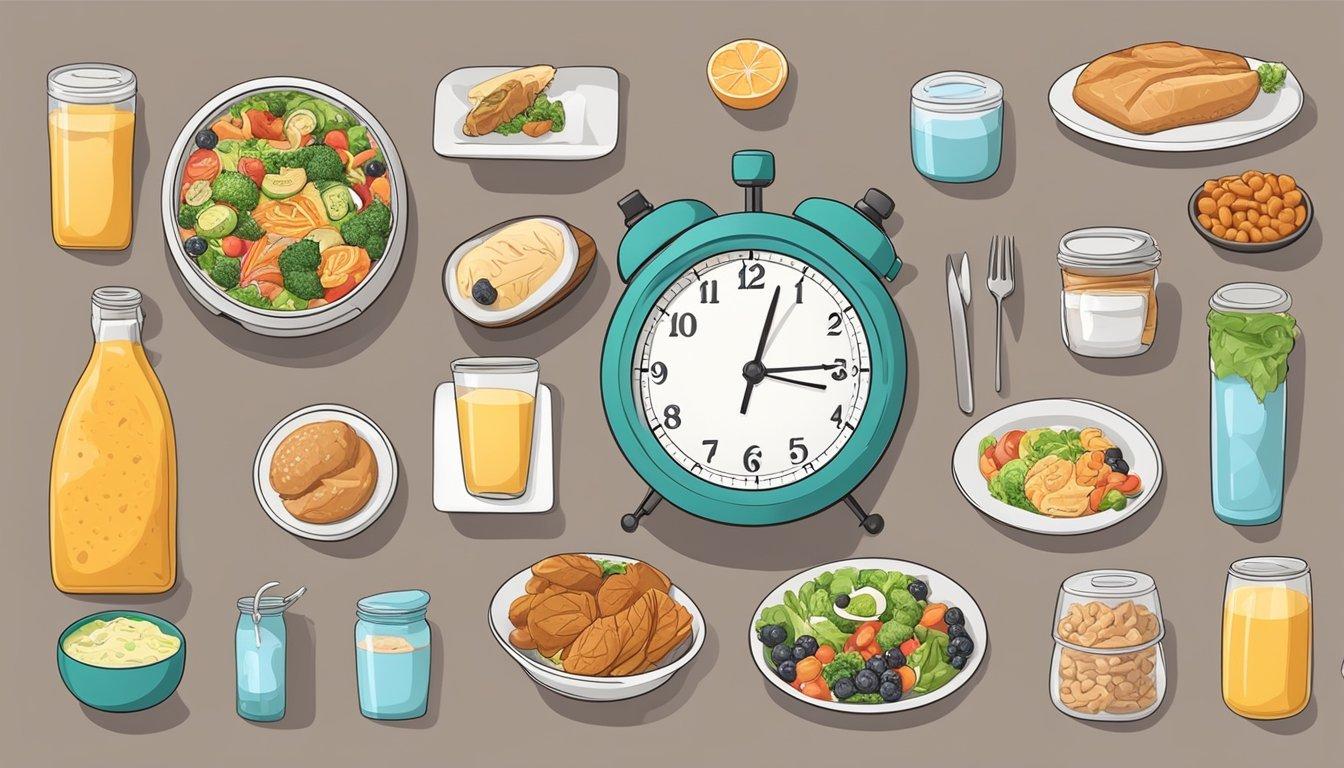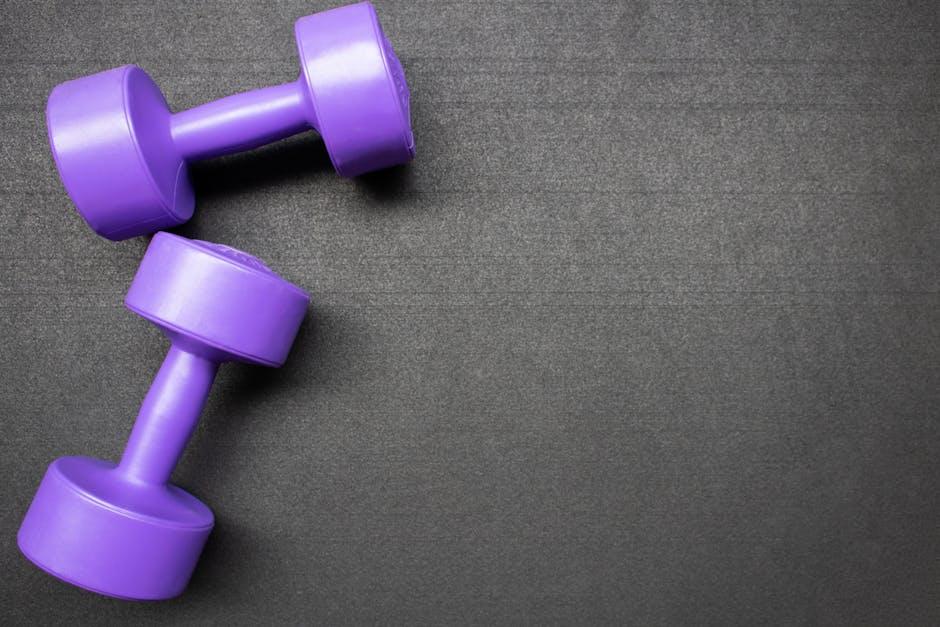Achieving the elusive balance of losing fat while maintaining muscle is a goal shared by many fitness enthusiasts and health-conscious individuals. The journey to a leaner, stronger physique can often feel daunting, but with the right dietary strategies, it’s entirely within reach. This article will guide you through the essential principles and actionable steps needed to shed excess fat without sacrificing hard-earned muscle. By understanding the critical role nutrition plays in body composition, you can unlock the potential to transform your body efficiently and sustainably. Prepare to embark on a transformative journey that combines scientific insights with practical advice, empowering you to achieve your fitness goals with confidence and precision.
Optimizing Macronutrient Ratios for Fat Loss and Muscle Preservation
To effectively shed fat while retaining muscle mass, it is essential to balance your intake of carbohydrates, proteins, and fats. Each macronutrient plays a crucial role in achieving your fitness goals. Proteins are the building blocks of muscle and should be a priority. Aim for a daily intake of 1.2 to 2.0 grams of protein per kilogram of body weight to maintain muscle during a calorie deficit. Carbohydrates are your body’s primary energy source and should not be drastically cut. Instead, choose complex carbs like whole grains, vegetables, and legumes to fuel workouts and support recovery. Fats are vital for hormone production and overall health; incorporate healthy fats such as avocados, nuts, and olive oil to support your metabolism.
Consider the following strategies to fine-tune your macronutrient ratios:
- Prioritize protein: Ensure each meal includes a high-quality protein source.
- Cycle carbohydrates: Adjust carb intake based on activity level—higher on training days, lower on rest days.
- Incorporate healthy fats: Include sources of omega-3 and omega-6 fatty acids to support heart and brain health.
By customizing your macronutrient ratios, you can create a sustainable eating plan that aligns with your fat loss and muscle preservation goals.

Incorporating Protein-Rich Foods to Sustain Muscle Mass
Achieving the delicate balance of losing fat while maintaining muscle mass requires a strategic focus on your dietary choices, particularly when it comes to protein intake. Incorporating protein-rich foods is essential for preserving muscle tissue during a caloric deficit. Protein not only helps repair and build muscle fibers but also keeps you feeling full, reducing the temptation to overeat. Here are some key protein sources to consider:
- Lean Meats: Opt for chicken breast, turkey, and lean cuts of beef. These are excellent sources of high-quality protein with minimal fat.
- Fish and Seafood: Salmon, tuna, and shrimp provide not only protein but also essential omega-3 fatty acids.
- Eggs: A versatile and nutrient-dense option, eggs are packed with protein and can be prepared in countless ways.
- Dairy Products: Greek yogurt, cottage cheese, and low-fat milk offer protein along with calcium and other vital nutrients.
- Plant-Based Proteins: For those preferring plant-based diets, beans, lentils, tofu, and quinoa are excellent protein sources.
Incorporate these foods into your meals to support muscle retention and ensure that your body receives the necessary nutrients for recovery and growth. Remember, it’s not just about the quantity of protein, but also the quality and timing, aiming to distribute your protein intake evenly throughout the day.

Strategic Meal Timing to Enhance Metabolism and Muscle Retention
Unlocking the full potential of your metabolism and preserving muscle mass involves more than just what you eat; it’s also about when you eat. Timing your meals strategically can make a significant difference in how your body processes nutrients and maintains lean muscle. Here are some key practices to consider:
- Start with Protein: Begin your day with a protein-rich breakfast to jumpstart your metabolism and provide your muscles with the essential building blocks they need.
- Eat Smaller, Frequent Meals: Consuming smaller meals every 3-4 hours can help keep your metabolism active throughout the day and prevent muscle breakdown.
- Prioritize Post-Workout Nutrition: After exercising, your muscles are primed to absorb nutrients. A meal high in protein and carbohydrates within 30 minutes to an hour post-workout can significantly aid in muscle recovery and growth.
- Fast Wisely: Intermittent fasting can be beneficial, but it’s crucial to ensure your feeding window includes enough protein to maintain muscle mass.
Implementing these strategies can help you fine-tune your diet plan to not only burn fat more efficiently but also support muscle retention, ensuring you reach your fitness goals with a balanced approach.
Hydration and Its Role in Fat Reduction and Muscle Maintenance
When it comes to shedding fat while preserving muscle, hydration often doesn’t get the spotlight it deserves. Water is not just a thirst quencher; it’s a crucial player in the metabolic process. Being adequately hydrated can help optimize your body’s ability to burn fat and maintain muscle. Here’s how:
- Boosts Metabolism: Drinking enough water can increase your resting energy expenditure, meaning your body burns more calories even when at rest.
- Enhances Workout Performance: Proper hydration improves muscle function and reduces fatigue, enabling more effective workouts that target fat loss.
- Facilitates Muscle Recovery: Water helps transport nutrients to your muscles and flushes out toxins, aiding in faster recovery and muscle maintenance.
- Regulates Appetite: Sometimes thirst is mistaken for hunger. Drinking water before meals can help control appetite, reducing unnecessary calorie intake.
Incorporating a hydration strategy into your fitness plan is simple yet impactful. Aim to drink water consistently throughout the day, and remember that factors such as exercise intensity, climate, and individual health needs may require adjustments to your fluid intake. By prioritizing hydration, you lay a solid foundation for effective fat reduction and muscle preservation.




